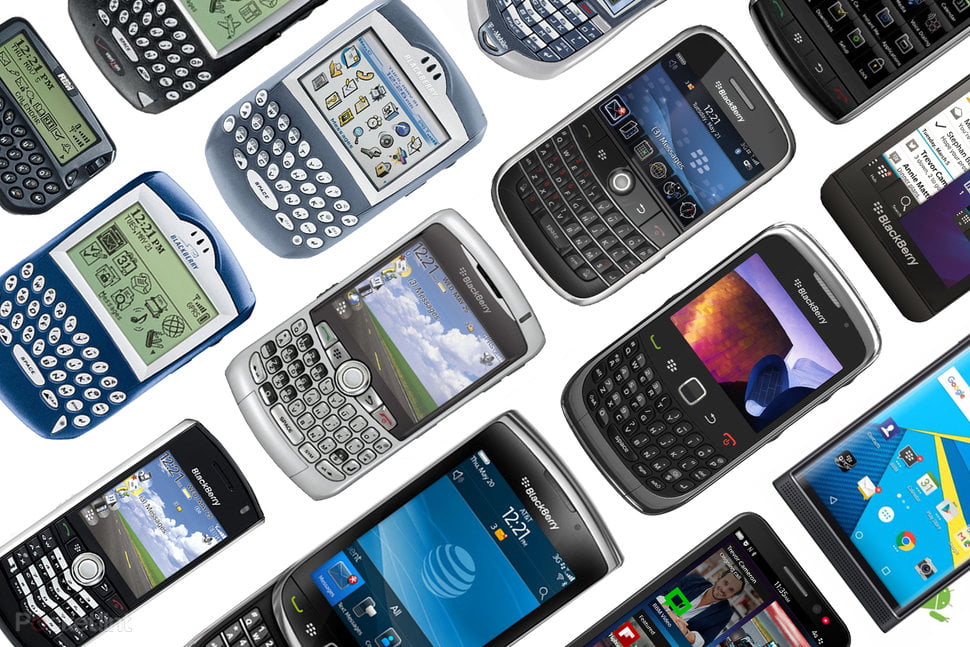
The 2017 smartphone cycle is about to kick off in earnest, and there are some familiar names fighting to come back into the fold.
BlackBerry Mobile announced this week that a new phone – complete with a physical keyboard and dubbed the “Mercury” – will debut Feb. 25 at the annual Mobile World Congress trade show. That follows hard on the heels of an announcement from Nokia, which teased the Chinese launch of its new Nokia 6 phone ahead of a larger Feb. 26 launch event.
Nokia? BlackBerry? What’s next, the return of Baby-G watches? It may all feel a bit 2002 seeing these phone brands come back into the spotlight, but here’s the thing: These are not the phone brands that you think they are. Both of the new smartphones are made by different companies than the ones we knew and loved, as a result of complicated licensing agreements.
The company you know as BlackBerry – Canadian, security-conscious – is focusing its efforts on software to augment smartphones and its auto efforts via QNX – a part of the firm that makes smart dashboard software and has its own self-driving car prototype. While BlackBerry designed the Mercury in-house, it and all other BlackBerry phones will be made and sold by Chinese tech giant TCL.
And Nokia is no longer the company that rose to prominence with its old feature phones, though it still makes telecom equipment and other consumer gadgets. But since Microsoft sold Nokia off, the rights to make Nokia-branded phones belong to HMD, another Chinese tech company.
Both firms are trying to make a bigger mark in a global smartphone market that’s still largely dominated by Apple and Samsung. Picking up a well-known- if slightly dusty – brand from the earlier days of mobile phones is one way to do that.
But don’t expect exactly the same experience that you had before. Both phones also represent a capitulation of sorts to Google. BlackBerry and Nokia held out for a while using non-Android operating systems for years. (Nokia and BlackBerry each had their own systems for a while. Nokia also moved to Windows Phone while it was owned by Microsoft.) Both failed, in part because they couldn’t keep up with the app selection from Apple and Google, as most developers were only interested in making programs for those two platforms. With both phones now using Android, that won’t be an issue anymore.
Of course, consumers will have to hear more details about these phones before we can judge whether either comeback will work. The success or failure of a phone depends more on its features, price and value than on whether it gives you warm fuzzies by reminding you of tech days gone by. But if you’re looking to rock a little retro this year, this could be one way to do it.
[Source:-NDTV]




